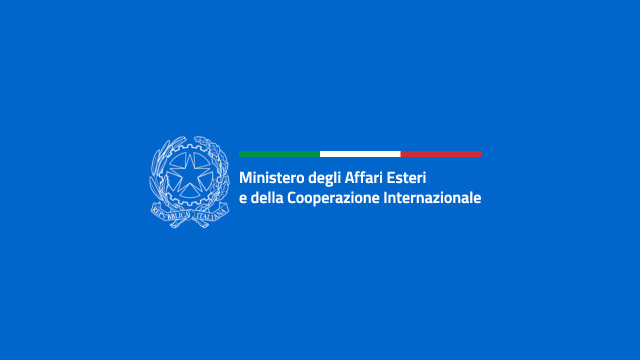Thirteen mega infrastructure projects with a total value of around EUR 19 billion are just waiting for the Thai government’s approval to start. Among them, the railway sector is particularly central, with nine projects announced. Feasibility studies have already been carried out; the necessary funds have been set aside in the budget, and tenders could be launched by the end of this year, once the formal endorsement of the new government has been received.
In the railway sector, the project with the greatest economic and strategic scope and significance is the construction of the high-speed line between the Thai cities of Nakhon Ratchasima and Nong Khai – as part of the high-speed link between Thailand and China – with a planned investment of around EUR 9 billion. The huge work is a key step in the modernisation of the country’s railway network, with the aim of reducing travel time between the north-east (known as Isan and more dedicated to agriculture) and the rest of the country, while generating significant commercial benefits along the way. Until 2023, in the first-phase construction from Bangkok to Nakhon Ratchasima, 35% of the section was completed.
The Ministry of Transport also announced the second phase of the construction of six double-track railway lines, with a total value of around EUR 6.46 billion. The aim is to significantly improve the country’s railway network, thus facilitating the transport of people and goods along key routes connecting Thailand’s major cities and regions.
Two other railway projects focus on Bangkok’s “Red Line”, which aims to reduce traffic congestion and improve urban mobility. These projects include the extension of the line from Rangsit to the Thammasat Rangsit University campus, costing about EUR 169 million, and an extension from Siriraj to Salaya via Taling Chan, costing about EUR 399 million.
Further infrastructure development plans include the Kathu-Patong motorway, worth about EUR 400 million, designed to improve connectivity in the very busy Phuket region, and the extension of the M5 motorway from Rangsit to Bang Pa-In, worth about EUR 825 million. An extension of the M9 motorway, in the Bang Khun Thian-Bang Bua Thong section, is also planned with an investment of about EUR 1.48 billion. Another key initiative is the third part of the northern motorway, which will connect Prasert-Manukitch to the Bangkok Outer Ring Road, worth about EUR 446 million. This project is deemed crucial for improving access to the capital by reducing congestion on the major roads into and out of the city.
The ambition of these mega projects is not only to relieve traffic congestion in many cities, but also to stimulate the national economy, thus creating jobs and attracting greater volumes of foreign investment.






